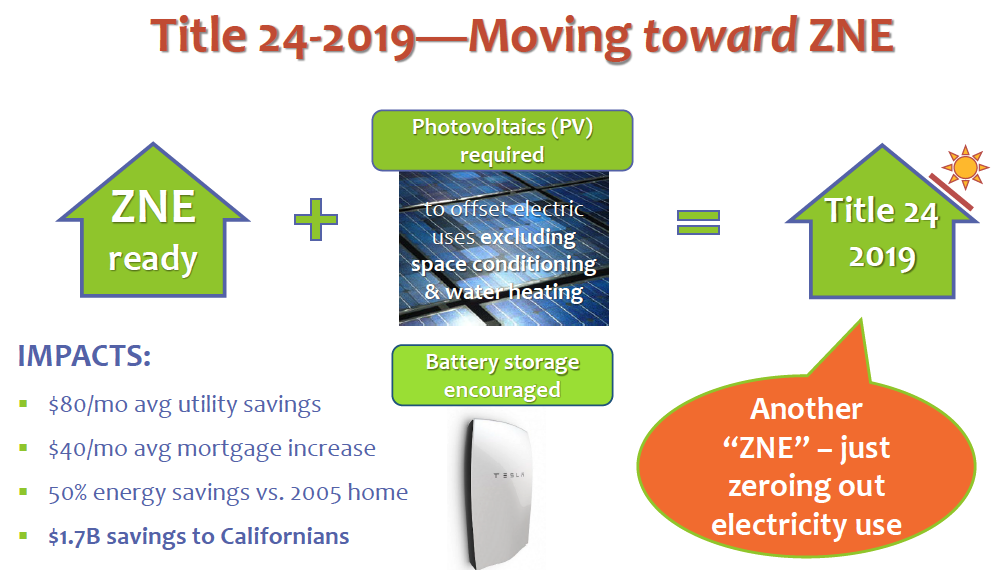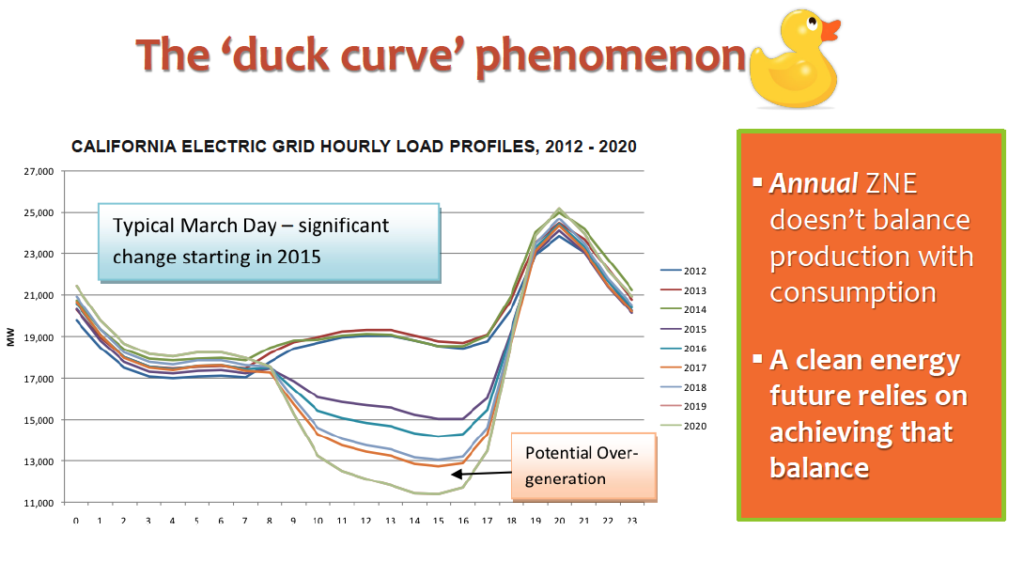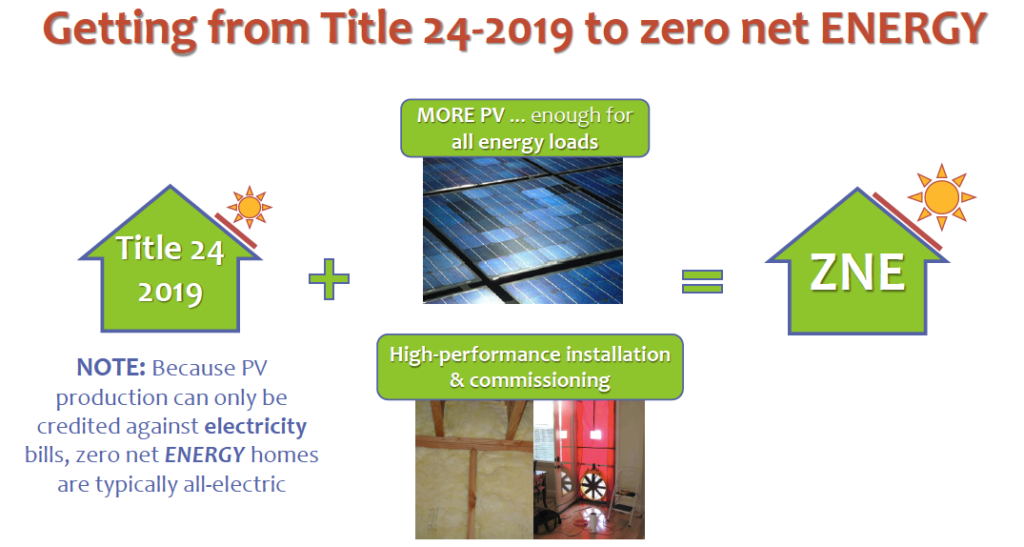Differences Between Title 24 and Zero Net Energy
When we talk about the difference between Title 24 and zero net energy, it helps to understand a little about the meaning of both.
Title 24 lays out the requirements within the California Energy Code that help make homes more energy efficient, cost effective, and eco-friendly. Zero net energy is a movement with the construction and architecture fields to create homes that are energy neutral in production and consumption.
So, while there are similar goals and purposes involved, there are some distinctions that can be made between the two.
Background on Title 24
The Energy Commission in California has always been driven by cost effectiveness. Every advance needs to be cost effective by a very precise definition that can’t always be met. The electricity loads of a conventional mixed-fuel home must be offset with solar photovoltaics (PV).

What this means is that Title 24 is zero net electricity, not zero net energy. This assumes that the electric loads are the standard ones in a mixed fuel home, and this means there’s not a different requirement whether the home is in fact electric or mixed fuel.
What this means is that Title 24 is zero net electricity, not zero net energy. This assumes that the electric loads are the standard ones in a mixed fuel home, and this means there’s not a different requirement whether the home is in fact electric or mixed fuel.
Water heating and space heating can be excluded from the calculation to determine the size of the PV load. Part of the reason for this is known as the Duck Curve, which is a big deal in California, Hawaii, Texas, and several other states.
What is the Duck Curve?
The Duck Curve is a curve showcasing solar energy production and consumption, and appears in the shape of a duck’s body.

As more solar power enters the grid, there is a glut, which becomes the duck’s belly. There is over-generation in the afternoons, while the sun is shining, and overall usage is down.
Once the sun starts to set, usage ramps up. In other words, solar production plummets at the same time that demand is at its highest. When families return from work and school, people start cooking, doing laundry, watching TV, and doing homework on computers. This increased demand accounts for the shape of the duck.
Year after year, as more solar energy systems come online, the belly of the duck grows larger. In California, this has resulted in an emphasis on figuring out the storage component as more homes are built. At the moment, California is emphasizing zero net electricity with new construction through Title 24, as a means to figure out the storage component.
The Difference Between Zero Net Electricity, Zero Net Energy, and Zero Net Emissions
ZNE can be a confusing concept because it can be used in reference to electricity, energy, or emissions, and not all are the same.
The main difference between zero net electricity and zero net energy is the amount of PV to offset energy loads, space heating, and water heating. The high-performance installation and commissioning for these projects is critically important, though it’s not all that’s required in Title 24.

We get to zero net emissions from zero net electricity if it’s an all-electric home. That means there can’t be in-home gas combustion, and all the home’s energy needs to be zero emissions. That can come from either enough solar on-site with a battery (with no grid reliance at all), or all the energy purchased off the grid for the home is zero emissions.
Many utilities offer a premium service that is 100 percent renewable, and community choice aggregators are increasingly common in the west.
Title 24 and ZNE are Different
While Title 24 and ZNE have similar goals, they are different measures. Title 24 is a California regulation to allow for more solar power storage capacity that benefits homes and addresses the Duck Curve. This fulfills a more specific purpose than zero net energy, electricity, or emissions.
We produce frequent webinars. Register for future webinars or view past webinars HERE.